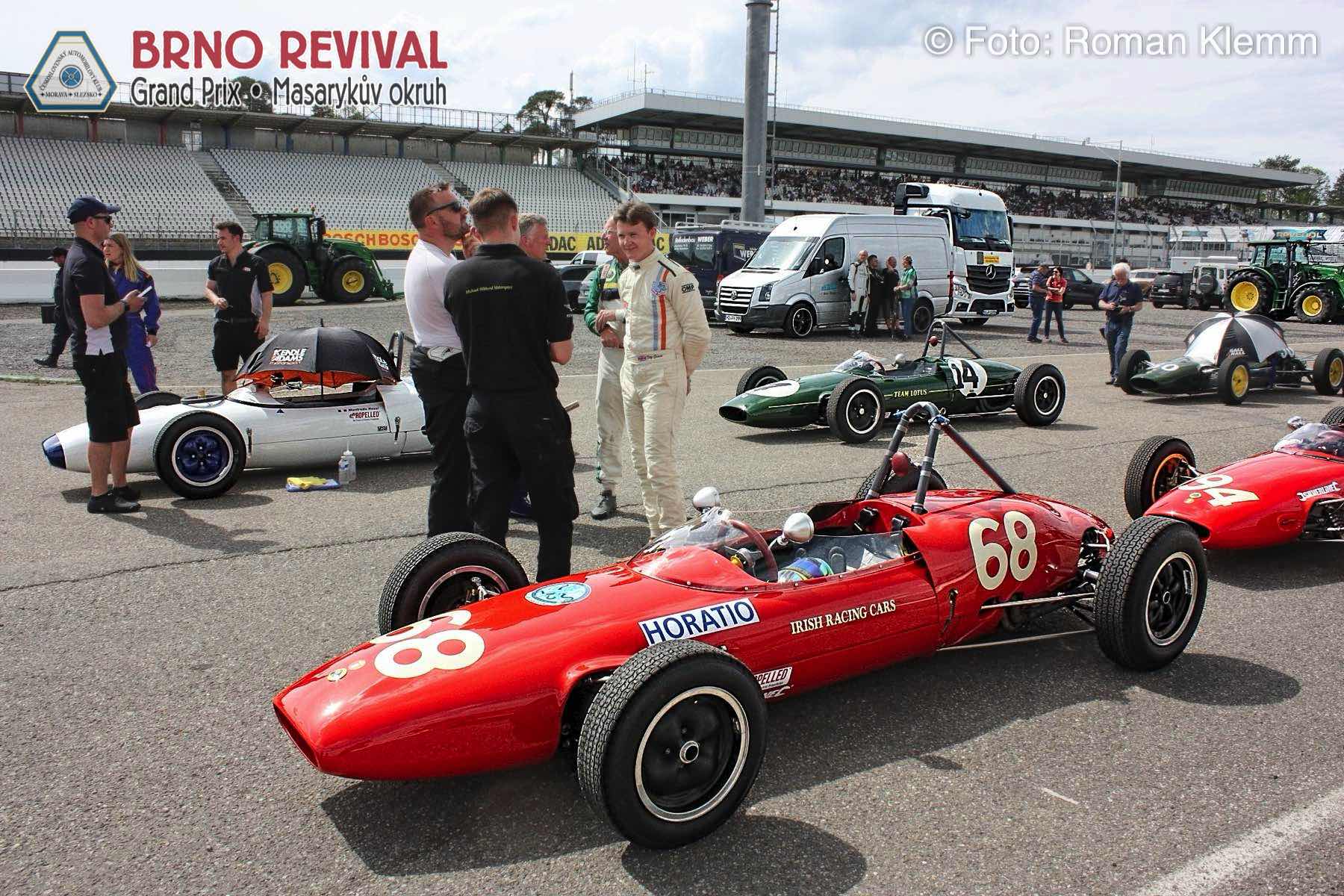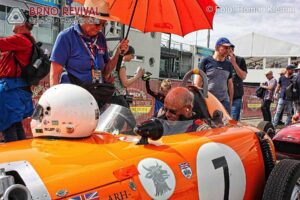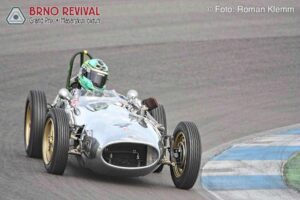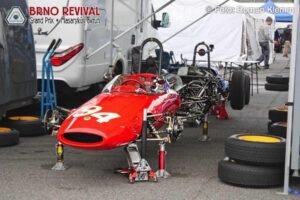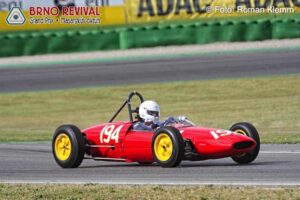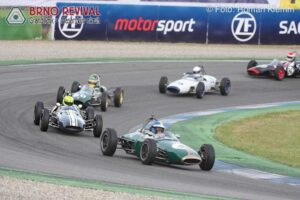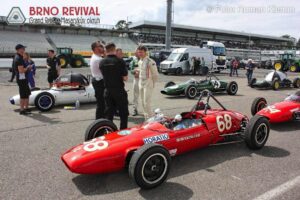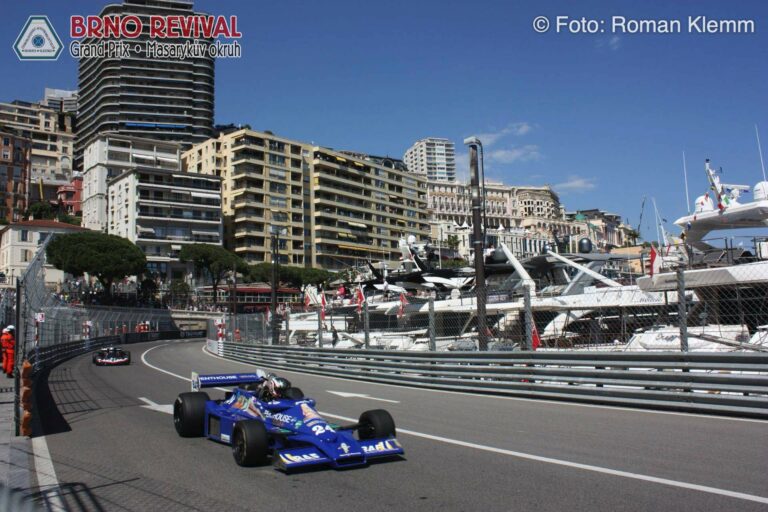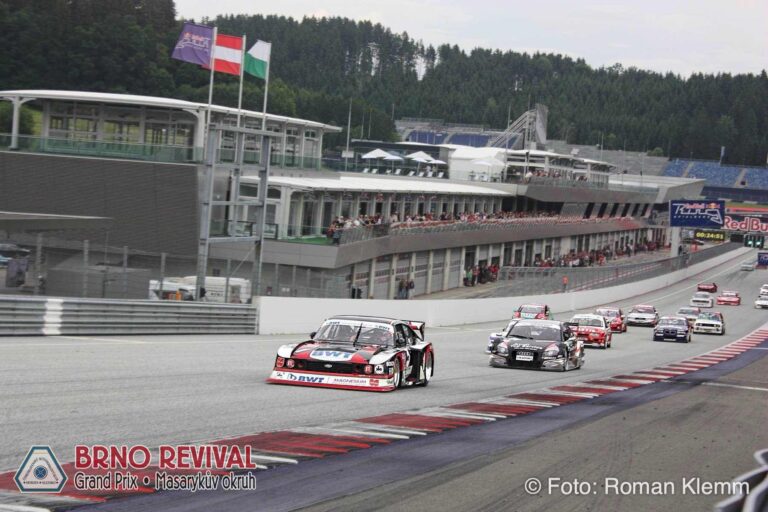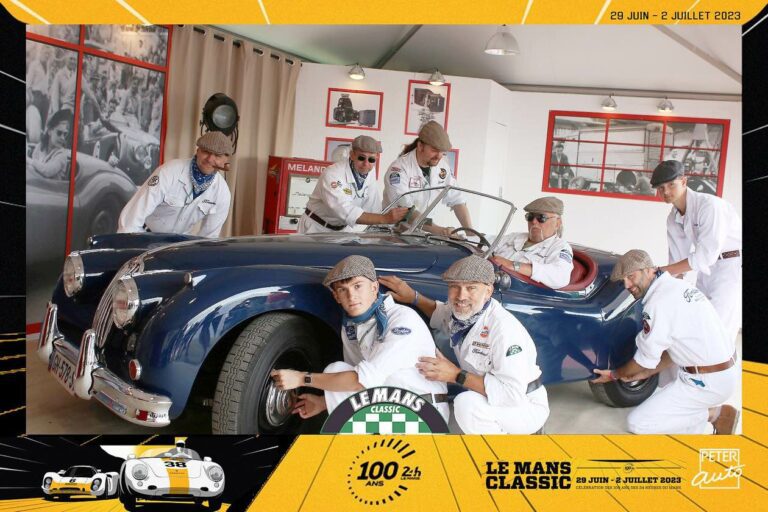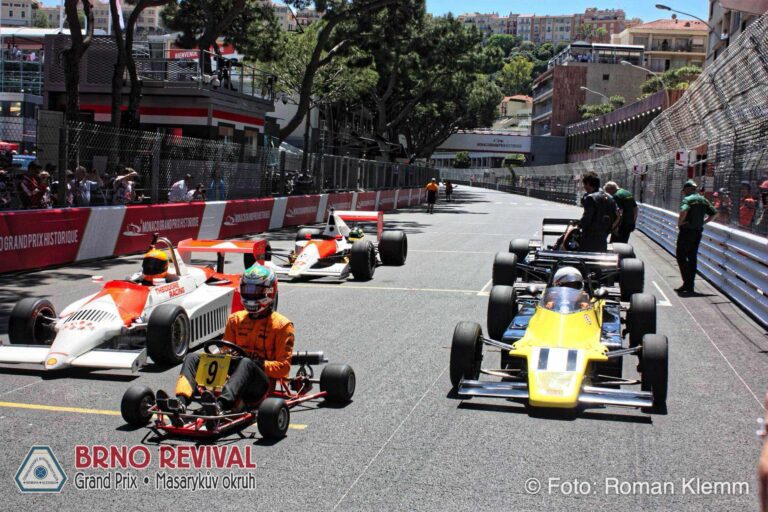This is how Formula Junior will be presented at the Brno Revival 2024
Text and photo: Roman Klemm
From the late 1950s to the mid-1960s, "Formula Junior" was the second single-seater performance class in Europe, behind Formula 1. Virtually every driver who appeared in a World Championship Grand Prix had previously gained experience and performance points in the Juniors. And not only that. F-Junior single-seaters often differed from F1 cars only in the engine used. More than one chassis found use in both classes after installing the responsible drive unit.
The oldest F-Junior cars that we will see in Brno will be the Alexis HF1 of the championship organizer Duncan Rabagliati and the Rayberg FJ of the Dutchman Floris-Jan Hecker. Both are from 1959. The company Alexis was founded by Mr. Alex Francis and Bill Harris precisely with the aim of building and selling F-Junior cars. Their first HF1 still featured an engine mounted in front of the rider. A slightly more modern Rayberg was built by Mr. Aberg for participation in club races. He used many parts from the tried and tested Cooper 500. An example of another of the "DIY uniques" F-Junior is the Focus Mk IV from 1962, which will be driven by Norwegian Petter Huse.
In 1960, both the Elva 200, brought to Brno by the Frenchman Gilbert Lenoir, and the Autosport Mk2, by the Englishman Richard Bishop-Miller, were born. Founder Frank Nichols' Elva business had already been successful in the sports car sector for several years when he ventured into the construction of single-seaters. The type 200 was a simple vehicle and the Elva brand built 20 of them.
A third of the field will be made up of the designs of the brilliant Colin Chapman – Lotus. The Type 20 from 1961 and 1962 will be fielded by Briton Paul Booth, the newer Mk22 from 1963 will be relied upon by Belgian Johnny Lange with Briton Clive Richards (by far the fastest pilot of the current championship), while the Mk 27 from 1963 will be fielded by Swiss Philipp Buhofer. These constructions are the best example for the "universal" possibility of using the chassis both in Formula Junior and in Formula 1. Drivers such as Clark, Brabham, Siffert appeared behind the wheel of numerous and economically very successful Mk20s for Lotus (Chapman built 118 of them!). Hall and Mitter. Jim Clark was F-Junior king with it in 1960, Trevor Taylor in 1961. The Mk22 development stage was a similar hit and Peter Arundell won 18 of the 25 F-Junior races he entered with it in 1962. Buhofer's Mk27 is the best proof of how in motorsport even the best "cheap formula" idea kills development and thus increases costs: Chapman used a monocoque chassis from F1, which no longer corresponded to the idea of an accessible class for young talents. The F-Junior was soon replaced by the F2 and F3…
However, two other major manufacturers in the history of motorsport – Brabham and Lola – also competed for the money of potential F-Junior customers. The "Black Jack" brand will be represented in Brno by the German Peter Laier with a Brabham BT2 from 1962. This was the second construction of the Jack Brabham-Ron Tauranbac duo, which had not yet been able to compete with the Lotuses. Especially Jo Schlesser and Frank Gardner celebrated success with this robust car. Swede Lars-Goran Sjoberg gets into the Lola Mk3 from 1961 in Brno. The very modern and cleanly conceived car of the constructor and owner of the brand Eric Broadley was strangely unable to gain a foothold at the time. The chassis was more successful in F1 design than with the F-Junior engines…
So let's look forward to this opportunity to look into the secrets of great international motorsport, as it appeared to fans 60 years ago.

